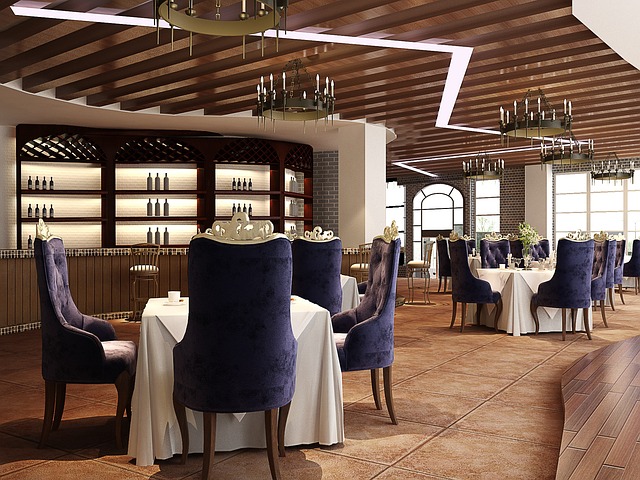
Are you the kind of person who loves going out to eat with your family or friends? Do you ever stop to think about the atmosphere of the restaurant you’re in? How does the design of a restaurant affect your dining experience? Well, one important aspect of creating a memorable ambiance in a restaurant is the work of an interior designer.
A Restaurant Interior Designer plays a crucial role in shaping the look and feel of a dining establishment. They are responsible for creating a welcoming and aesthetically pleasing environment that complements the overall dining experience. Let’s explore the world of restaurant interior design and the impact it has on our favorite places to eat.
One aspect of restaurant interior design is the layout of the space. Interior designers carefully plan how the tables, chairs, and other furniture are arranged to ensure a smooth flow of traffic for both diners and servers. This layout also takes into consideration factors like maximizing seating capacity without making the space feel crowded.
Color schemes and lighting are essential elements that Restaurant Interior Designers focus on. The colors used in a restaurant can evoke different emotions in diners. For example, warm tones like red and orange can create a cozy and intimate atmosphere, while cool tones like blue and green can promote relaxation. Lighting is also crucial, as it can set the mood and highlight specific areas of the restaurant, such as artwork or architectural features.
The choice of materials and textures in a restaurant’s interior design can make a significant impact on the overall aesthetic. Whether it’s sleek and modern or rustic and cozy, the materials used can convey the restaurant’s theme and style. From wood and metal to glass and stone, each material selection plays a role in creating a unique dining experience for guests.
Furnishings and decor are like the icing on the cake when it comes to restaurant interior design. The furniture chosen for a restaurant must be both stylish and functional, providing comfort for diners while complementing the overall design scheme. Decor elements such as artwork, plants, and accessories add personality and character to the space, making it more inviting for guests.
When designing a restaurant interior, it’s essential to consider the target audience and the restaurant’s concept. A family-friendly restaurant may have a different design aesthetic than a trendy upscale eatery. The Restaurant Interior Designer works closely with the restaurant owner or manager to understand their vision and create a space that reflects the brand identity.
In addition to creating a visually appealing space, Restaurant Interior Designers also consider practical aspects such as acoustics and ventilation. The acoustics of a restaurant can impact the dining experience, with excessive noise levels detracting from the enjoyment of a meal. Proper ventilation is crucial for maintaining a comfortable environment and ensuring good air quality for diners and staff.
The role of a Restaurant Interior Designer is both creative and technical. They must have a keen eye for design and aesthetics, as well as a solid understanding of building codes and regulations. Working with architects, contractors, and vendors, they oversee the entire design process from concept to completion, ensuring that the finished space meets the client’s expectations.
The work of a Restaurant Interior Designer is essential in creating memorable dining experiences for restaurant-goers. From layout and color schemes to materials and furnishings, every aspect of the design contributes to the overall ambiance of a restaurant. Next time you dine out, take a moment to appreciate the thought and effort that goes into creating a beautiful and inviting space for you to enjoy a meal with your loved ones.